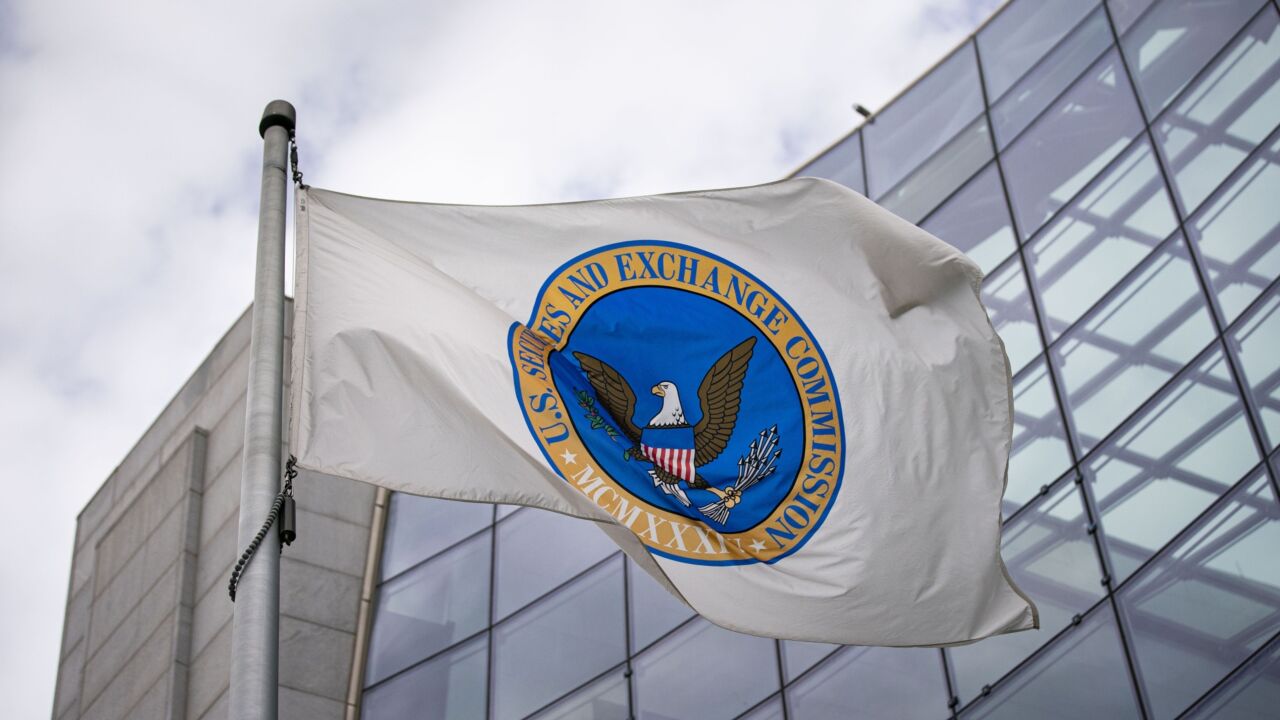Investors with $250,000 or more to spend on municipal bonds are increasingly seeking opportunities to pick and choose what goes into their portfolios.
They're flocking to investment vehicles called separately managed accounts that allow them to select individual securities with the help of a professional.
Assets under management for such accounts that invested in municipal bonds stood at $987 billion as of the first quarter, according to a JPMorgan Chase survey of 74 firms. Mutual funds held about $769.7 billion of municipals as of that period, Federal Reserve data showed.
"It's certainly been a bright spot for our business," said Ben Barber, head of the municipal team at Franklin Templeton Fixed Income. Over the last year and a half, muni SMA assets under management at the division have risen by about 50%, he said.
Companies that offer separately managed accounts have lowered the minimum investment required to $250,000 in recent years, making it accessible to more investors. However, they're still out of reach for most Americans, given that the median household wealth in 2021 was $166,900, according to a June 2023 report by the Census Bureau.
READ MORE:
But previously, investors needed to have millions of dollars to get one-on-one help with picking securities for their portfolios.
"Over the last decade we've had this mass customization push — and a separately managed account is going to cost you, on average, less than a mutual fund," said Eric Kazatsky, municipal strategist for Bloomberg Intelligence. "You've seen people latch onto that investment thesis and story."
Nearly a fourth of municipal debt held by U.S. households was estimated to be in SMAs as of the first quarter, according to JPMorgan. Households are the largest category of investors in the muni market. A fifth of muni debt was held in mutual funds.
Estimates around the size of the municipal separately managed account industry vary because the data often relies on companies self-reporting the size of their businesses.
Opportunistic
Investors also like accounts that aren't commingled because they're able to control what's bought and sold on their behalf, said Matt Buscone, co-head of portfolio management at Breckinridge Capital Advisors.
"We are a more and more compelling option," he said. "If a client has concerns about muni credit quality, we can go through their portfolio with them line by line."
Lowering the barriers to access has helped firms like Rockefeller Asset Management grow their municipal separate account business, said Alex Petrone, director of fixed income at the firm. Separately managed accounts are capturing some of the outflows coming from traditional mutual funds, Petrone said.
Retail investors have yanked more than $600 million from mutual funds so far this year, continuing the trend seen last year, according to Refinitiv Lipper U.S. Fund Flows data provided July 11.
While investors are returning to munis as yields climb, many are doing so through separately managed accounts so they can have a professional manager opportunistically picking bonds for them, said David Lafferty, director of product strategy and development at Schwab Asset Management.
"This is part of a broader trend among clients taking advantage of some of the highest yields we've seen in fixed income in years," he said.
50,000 Accounts
Improvements in technology have made it easier for portfolio managers to scale up their business while offering personalized choices to clients. Certain platforms, for example, allow portfolio managers to keep tabs on tens of thousands of accounts and customize their clients' holdings to their liking.
Some users of Investortools — a platform that digitizes portfolio management — oversee as many as 50,000 different fixed income accounts, said Jon Anderson, chief product officer at the firm.
Automation is helping accelerate growth of separately managed account assets, as it helps managers keep track of several individual portfolios at a glance, he said. For example, electronic trading has made it easier to execute smaller trades with a click of a button.
The convenience these tools offer mean that account minimums for separately managed accounts could eventually drop to $100,000 in the next few years, opening the door to more investors, Anderson said.
— With assistance from Nic Querolo.






